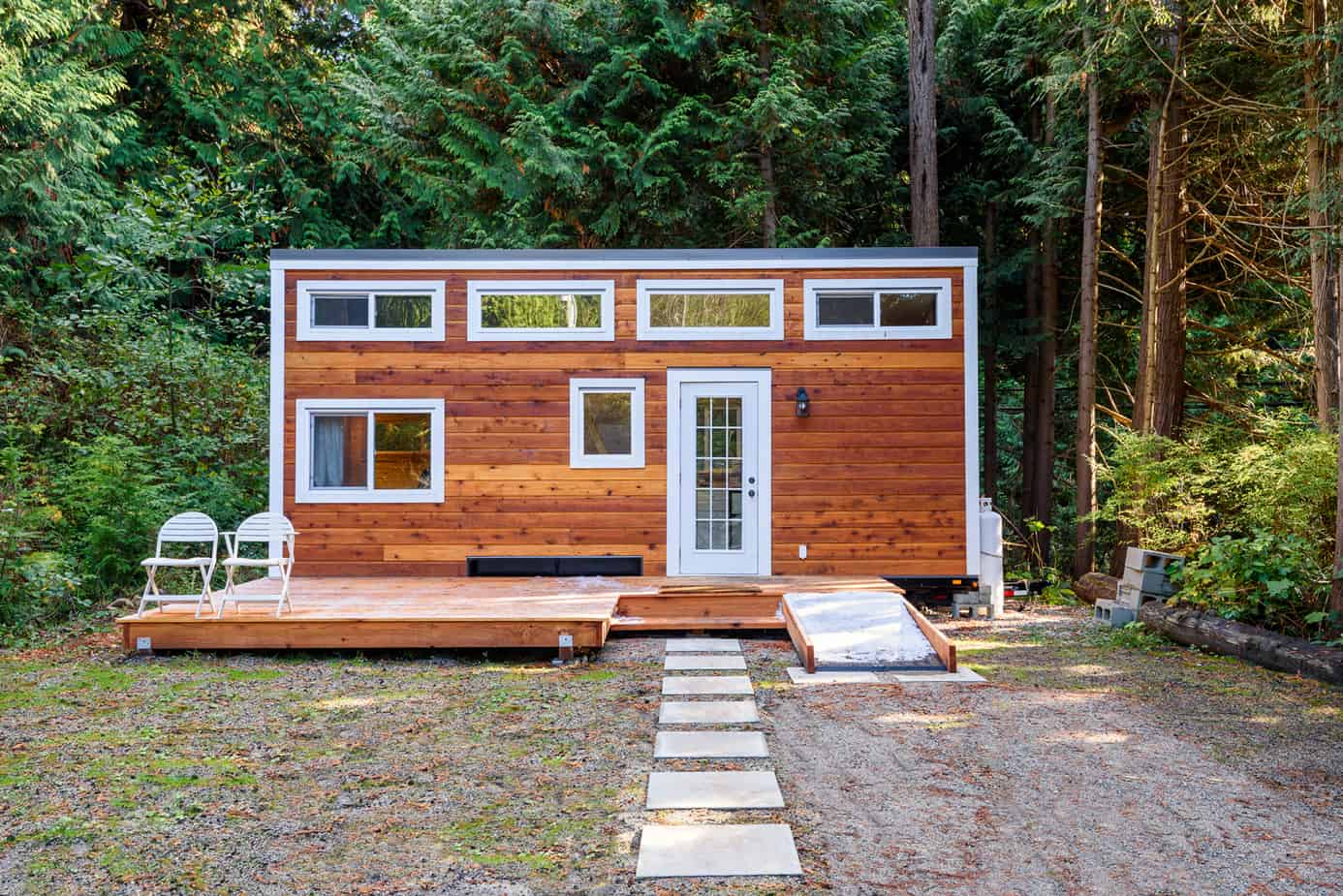Tiny Treasures: The Tiny Home Movement

Ever heard of something called the tiny home movement or tiny homes in general and wondering what this entails? We’re going to give you the rundown on all things pros and cons about tiny homes.
It’s The Little Things
The first thing to know about the tiny home movement is that it follows a social movement. The tiny home movement is not just about having a tiny home, but follows the trend of minimalism, living a simpler life with less material items in a smaller space.
Individuals from all different backgrounds have turned to this particular lifestyle because they find the cost of living in a large home unnecessary and damaging to their quality of life when it comes to happiness. Research has shown that the bigger the house, the bigger the problems, because of our society’s desire to have more which can oftentimes lead to an unhealthy materialistic outlook and constant comparison of ourselves and others.
Many individuals report that some of the main benefits of living tiny was the ability to declutter their life and become more mindful of the decisions they make when it comes to finances, the environment, and living sustainably.
The Name Says It All, Living Small
Although many of the tiny homers fall into the creative DIYer group of individuals who seek the fulfillment of building their tiny space, those who are just looking to downsize without the extra work can actually purchase a tiny home for less than the price of some cars.
There is no specific limit on how big or small your tiny home has to be, but on average most tiny homes range in size from 60 to 400 square feet. Tiny homes can be built on wheels or built on foundation. If you are looking to move your tiny home from place to place, you’ll need to keep in mind road limits for tiny homes on trailers.
Downsides of Downsizing
Although the tiny home movement may sound like a refreshing and different way of living, there are cons to living tiny. Some of the downsides to living tiny can include components we often take for granted in a normal home such as the ability to have guests over, functioning bathrooms, parking, the need for space, cleanliness, and more.
A Balancing Act
Your home is your safe place, a place for memories, a place to grow, and should balance your needs and wants. A big mansion or a tiny home are not all the buying market has to offer, a small home can be that balancing act and encompass the need for space while not living outside your means and still has all the benefits of tiny home living such as living sustainably, environmentally friendly, and having financial stability. Many individuals living in small homes have a happy midwestern life.
Some of the benefits of living in a small or average size home are that smaller homes can help you build stronger relationships with your family because you learn to work together through differences in living and personalities in a small space. Living in a smaller home can also still save you money without having to downsize too much like living in a tiny home would require.
However, in the end, it’s all about what makes you happy and what you’re searching for in a home. Maybe the tiny home movement isn’t for everyone, but like all aspects of life, there are always pros and cons and it’s good to weigh your options!



